White Cedar Tree
- October 3, 2023
- 0 comment
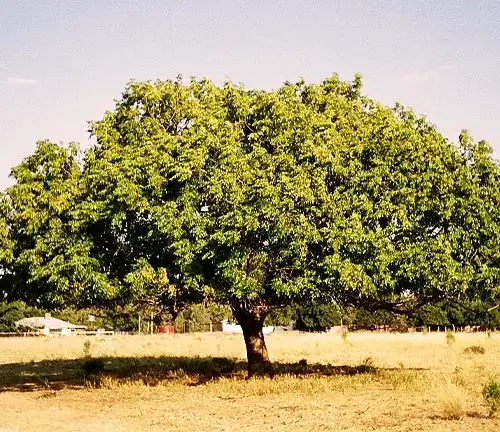
The White Cedar tree, scientifically known as Thuja occidentalis, is a majestic evergreen conifer that holds a special place in the natural landscape. Native to North America, this tree is characterized by its slender, pyramid-shaped form and aromatic foliage. The name “White Cedar” is derived from the pale hue of its wood, which is lightweight, durable, and resistant to decay. The tree’s scale-like leaves, arranged in flattened sprays, emit a distinctive fragrance when crushed.
White Cedars are often cultivated for their ornamental value, providing year-round greenery and a pleasing aroma to landscapes. Beyond their aesthetic appeal, these trees have cultural significance for indigenous communities, who historically used various parts of the plant for medicinal, spiritual, and practical purposes. In addition to its cultural importance, White Cedar forests contribute to biodiversity, providing habitat and shelter for various wildlife species. Though vulnerable to certain pests and diseases, the White Cedar’s resilience and adaptability make it a resilient and valued species in the tapestry of North American flora.
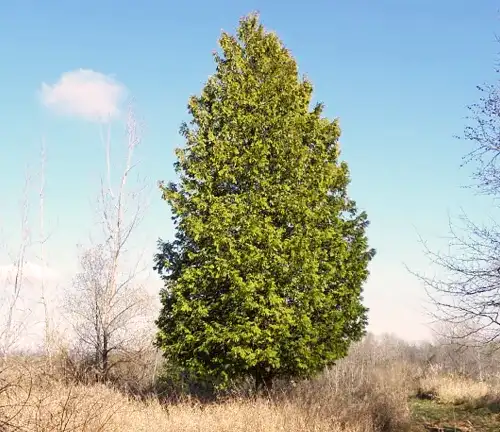
| Characteristic | Description |
| Scientific name | Thuja occidentalis |
| Family | Cupressaceae |
| Native Range | North America |
| Growth Form | Evergreen Conifer |
| Growth rate | Slow |
| Height | 40-60 feet |
| Spread | 15-20 feet |
| Hardiness zone | 3-8 |
| Sun exposure | Full sun to partial shade |
| Soil type | Well-drained |
| Tolerance to pollution | Moderate |
A Brief History
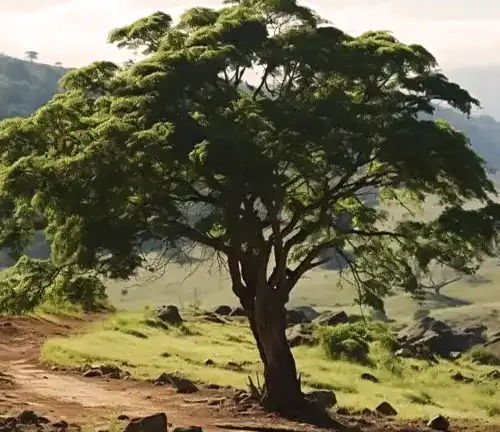
The White Cedar tree, scientifically known as Thuja occidentalis, has been a prominent figure in North America’s natural history for centuries. Indigenous communities revered it for its multifaceted utility, from medicinal remedies to spiritual significance. European settlers later recognized its potential as a source of sturdy, long-lasting wood. This rich historical background lays the foundation for understanding the White Cedar’s enduring importance.
Color/Appearance
True to its name, the White Cedar tree’s most distinguishing feature is its pale-colored wood. This wood, often tinged with shades of white, cream, and light brown, lends itself to a range of practical and aesthetic applications. Its subtle, understated beauty adds to its allure, making it a popular choice for everything from furniture to fencing.
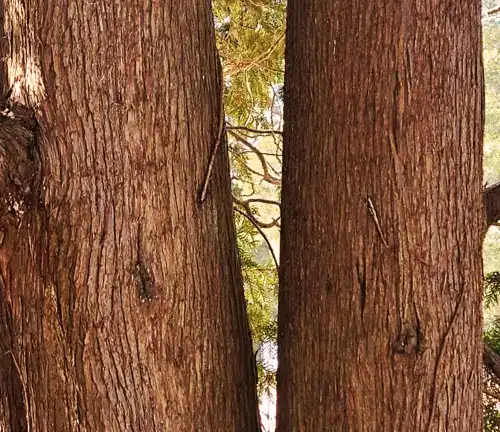
Botanical Features
The White Cedar’s botanical characteristics set it apart within the conifer family. This evergreen conifer boasts a slender, pyramid-shaped form, with scale-like leaves arranged in flattened sprays. One of its most delightful attributes is the aromatic fragrance released when its leaves are crushed, a feature appreciated by both humans and wildlife alike.
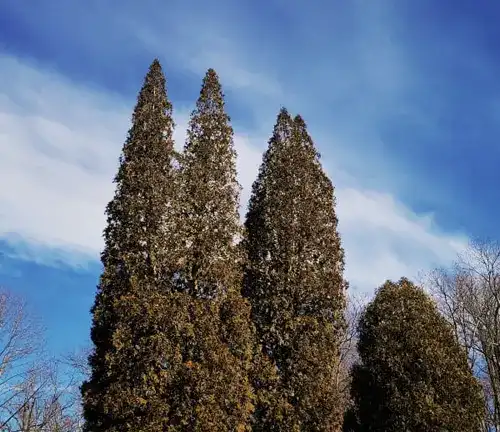
Cultivation and Care
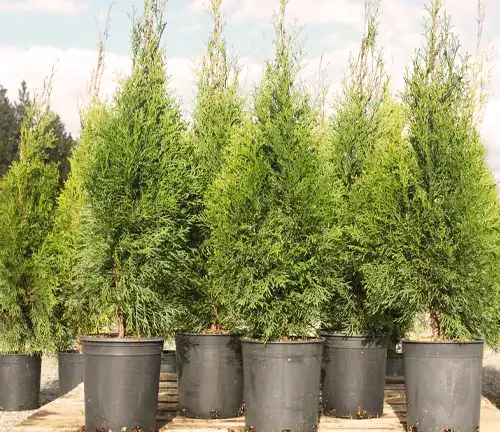
Cultivating White Cedar trees requires an understanding of their preferences. These trees thrive in cool temperate climates and well-drained, moist soils. While they prefer full sun, they can adapt to partial shade. Regular pruning helps maintain their shape and health, ensuring they remain vibrant and attractive additions to gardens and landscapes.
Ecological Importance
The White Cedar tree plays a vital role in supporting biodiversity. Its dense foliage provides shelter and habitat for various wildlife species, making it an essential component of local ecosystems. Birds, such as Cedar Waxwings, are particularly drawn to its branches and foliage, making it a valuable resource for avian enthusiasts.

Wood Products and Applications
The wood of the White Cedar is prized for its durability and resistance to decay. Historically, it has been used in construction, crafting, and woodworking. Shingles, fencing, outdoor furniture, and small craft applications have all benefited from the White Cedar’s sturdy and reliable timber. Its commercial availability in nurseries has made it a popular choice for both homeowners and professional landscapers.


Culinary Applications

Beyond its practical and ornamental uses, the White Cedar has intriguing culinary applications. Indigenous cultures used various parts of the tree for medicinal and culinary purposes, extracting oils and teas. However, it’s important to note that some parts of the White Cedar can be toxic if ingested, so these applications should be approached with caution and knowledge.

Benefits
The White Cedar tree continues to offer a wide array of benefits to humans and the environment. Its rich history, pale wood, and aromatic foliage make it an appealing addition to landscapes. It supports biodiversity, acting as a sanctuary for wildlife. Its wood serves in construction and crafting, while its unique culinary applications showcase its versatility.
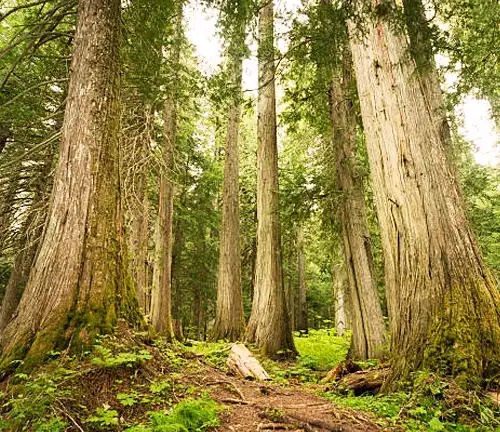
In conclusion, the White Cedar tree embodies the harmonious coexistence of cultural significance, ecological importance, and practical utility. Its enduring presence in North America’s landscape speaks to its resilience and adaptability, highlighting its status as a symbol of nature’s bounty and a cherished resource for generations past and present.
Frequently Asked Questions (FAQs)
- Can White Cedar trees thrive in coastal areas with high salt content in the soil?
White Cedar trees are known for their tolerance to salt spray and can often be found in coastal areas. Their ability to thrive in soils with higher salt content makes them a valuable choice for landscaping in regions near the ocean. - How do White Cedar trees contribute to erosion control along riverbanks and shorelines?
White Cedar’s extensive root system helps stabilize soil along riverbanks and shorelines. Their roots bind the soil, reducing erosion and preventing sediment from entering the water, which can have a positive impact on water quality. - What role do White Cedars play in supporting wildlife in winter climates?
White Cedar trees provide essential winter cover for wildlife. The dense foliage and evergreen nature of the tree offer shelter for birds and mammals during harsh winter months, helping them survive in cold climates. - Are there any cultural or historical connections to White Cedar trees among indigenous communities?
White Cedar holds cultural significance for some indigenous communities. It has been used for various purposes, including making canoes, baskets, and traditional medicines. Its cultural importance varies among different indigenous groups. - How do you propagate White Cedar trees, and what are the best practices for tree planting and care?
White Cedar trees can be propagated through seeds or cuttings. When planting, it’s crucial to ensure proper spacing and adequate sunlight. Regular watering and protection from pests and diseases are also essential for their successful growth.


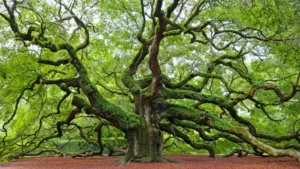
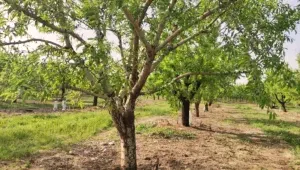
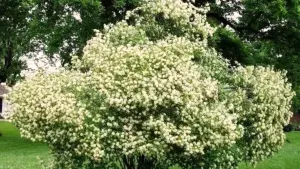
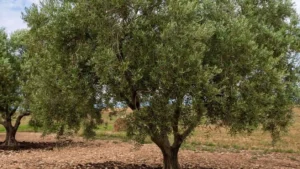
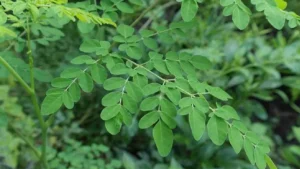
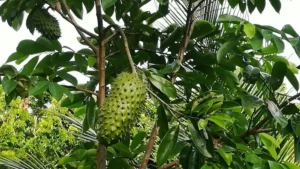

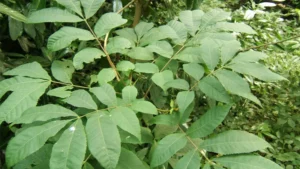
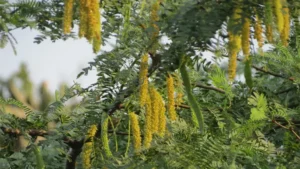


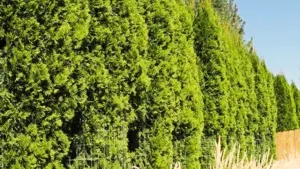
Leave your comment